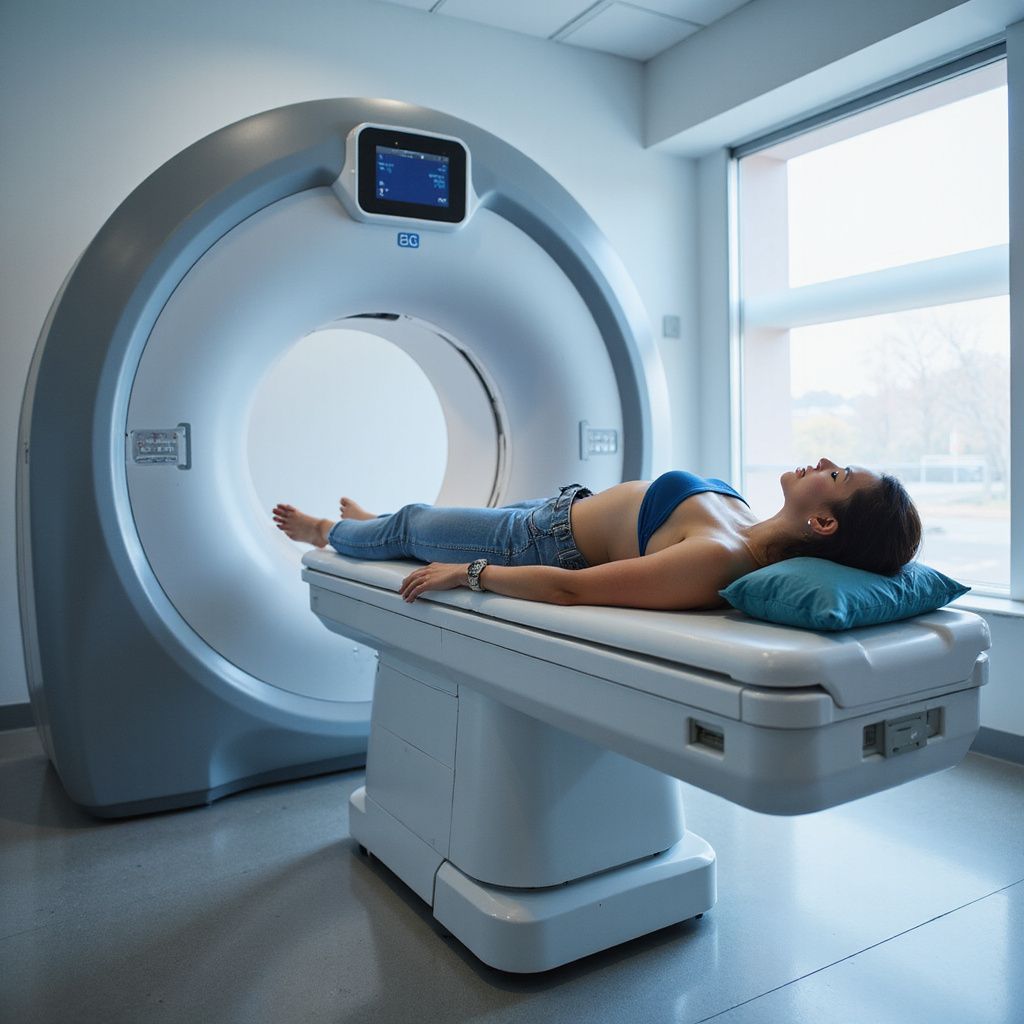Understanding Rheumatic Diseases and Osteoporosis
Clear insights into causes, affected groups, and diagnosis help manage rheumatic conditions and bone health effectively.
Understanding the Causes of Rheumatic Diseases
Rheumatic diseases arise from complex interactions between genetic, environmental, and immune system factors. These conditions often involve inflammation that damages joints, muscles, and connective tissues. Autoimmune responses, where the body mistakenly attacks its own tissues, play a central role in many rheumatic disorders. Additionally, infections, hormonal imbalances, and lifestyle factors such as smoking can contribute to disease development.
What Causes Rheumatic Diseases?
Rheumatic diseases are primarily caused by immune system dysfunction, leading to chronic inflammation in joints and surrounding tissues. Genetic predisposition increases susceptibility, while triggers like infections or environmental exposures may initiate symptoms. Some conditions result from wear and tear or metabolic issues, but most involve an abnormal immune response targeting the body’s own structures.
Who Is Affected by Rheumatic Diseases?
Rheumatic diseases can affect individuals of all ages, though prevalence increases with age. Women are generally more susceptible to autoimmune rheumatic conditions. Risk factors include family history, certain infections, smoking, and obesity. Early diagnosis and management are crucial to prevent joint damage and maintain quality of life.
How Do I Know if I Have Osteoporosis?
Osteoporosis often develops silently until fractures occur. Warning signs include loss of height, back pain from vertebral fractures, and bone fractures from minor falls. Diagnosis relies on bone density scans (DEXA) and assessment of risk factors such as age, gender, family history, and lifestyle. Regular screening is recommended for at-risk individuals.
Need More Information?
If you have questions about rheumatic diseases or osteoporosis, our specialists are available to provide personalized guidance. Contact Long Island Regional Arthritis and Osteoporosis Care to discuss your symptoms, risk factors, or treatment options.
Contact Us
Reach out to schedule a consultation or to get answers tailored to your health concerns. Our team is committed to supporting your journey toward better joint and bone health.
Who Is Affected by Rheumatic Diseases?
Rheumatic diseases impact a wide range of individuals, with certain groups more vulnerable due to age, genetics, and lifestyle factors. Understanding who is at risk helps guide early detection and management.
What Causes Rheumatic Diseases?
Rheumatic diseases arise from complex interactions between genetic predisposition and environmental triggers. Autoimmune responses, infections, and joint wear contribute to inflammation and tissue damage.
Who Is Affected by Rheumatic Diseases?
These conditions commonly affect adults over 40, but younger people and children can also develop them. Women are generally at higher risk, and factors like family history, obesity, and smoking increase susceptibility.
How do I know if I have Osteoporosis?
Osteoporosis often shows no symptoms until fractures occur. Bone density tests, medical history, and risk factor evaluation help identify the condition before serious complications arise.
Demographics and Risk Factors for Rheumatic Diseases
Rheumatic diseases frequently affect middle-aged and older adults, with prevalence rising with age. Women represent a larger portion of cases, especially for autoimmune types. Lifestyle factors such as smoking, sedentary habits, and obesity also contribute to risk.
Need More Information?
Contact Long Island Regional Arthritis and Osteoporosis Care for personalized answers about your joint and bone health. Our specialists are ready to assist with your concerns.
Osteoporosis Diagnosis
Accurate diagnosis of osteoporosis relies on a combination of clinical evaluation and specialized tests. Identifying bone density loss early helps guide effective treatment and prevent fractures.
What Are the Signs of Osteoporosis?
 Osteoporosis often progresses without symptoms until a fracture occurs. Common indicators include loss of height, a stooped posture, and fractures from minor falls or injuries. Regular screening is essential for those at risk.
Osteoporosis often progresses without symptoms until a fracture occurs. Common indicators include loss of height, a stooped posture, and fractures from minor falls or injuries. Regular screening is essential for those at risk.Which Tests Diagnose Osteoporosis?
 The primary test for osteoporosis is the Dual-energy X-ray Absorptiometry (DEXA) scan, which measures bone mineral density. Additional blood tests may assess calcium and vitamin D levels, while X-rays can detect fractures or bone loss.
The primary test for osteoporosis is the Dual-energy X-ray Absorptiometry (DEXA) scan, which measures bone mineral density. Additional blood tests may assess calcium and vitamin D levels, while X-rays can detect fractures or bone loss.How Is Osteoporosis Risk Assessed?
 Risk assessment includes evaluating factors such as age, family history, lifestyle, and medical conditions. Tools like FRAX calculate fracture risk to help determine the need for testing and treatment.
Risk assessment includes evaluating factors such as age, family history, lifestyle, and medical conditions. Tools like FRAX calculate fracture risk to help determine the need for testing and treatment.
Frequently Asked Questions
Clear answers to common questions about rheumatic diseases and osteoporosis, helping you understand causes, affected groups, and diagnosis methods. Contact us for personalized guidance or further inquiries about your bone and joint health.
Contact Us
Thank you for reaching out. Our team will review your inquiry and get back to you shortly to provide the support you need.
Oops, there was an error sending your message.
Please try again later.
Please try again later.
